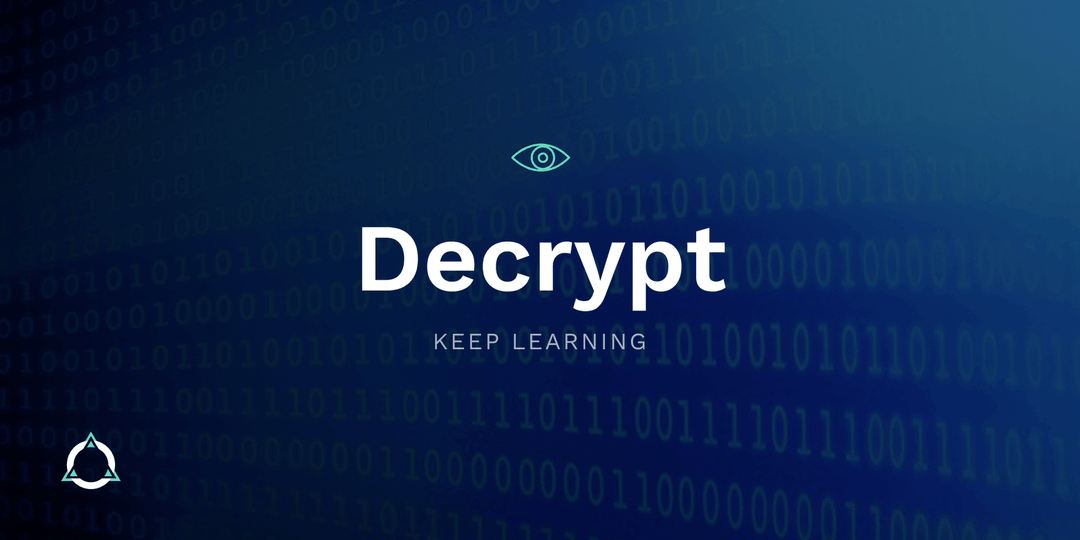
Automated Market Makers (AMMs) and their Purpose
Automated Market Makers (AMMs) are decentralized asset trading pools that enable users to buy and sell cryptocurrencies without a middleman. They are autonomous trading algorithms that rely on users to pool liquidity, relying on on-chain smart contracts called liquidity pools rather than order books and order matching.
Decentralized Exchanges (DEXs) are cryptocurrency exchanges which promote user autonomy, a peer-2-peer network that also operates on smart contracts. They allow people to buy and sell directly to one another utilizing the AMM and liquidity pools without need of a centralized service. DEXs can consist of multiple trading pairs in which users can provide liquidity, which is the measure of availability and activity of the circulating supply of an asset.
Liquidity providers are investors that deposit their assets on an exchange for the purpose of providing liquidity. On DEXs, any user can be a liquidity provider as long as they meet the requirement of the smart contract, compared to large centralized exchanges where high worth users or companies provide the order book liquidity most of the time. This is done through liquidity pools, in which executing a token swap becomes a simple way to trade compatible tokens.
Liquidity providers are given liquidity provider (LP) tokens when they lock their tokens into these pools, these tokens can usually also be staked on yield farms to obtain further rewards. Each time someone makes a trade on a particular pool, liquidity providers get a small fee split evenly between them proportional to their percentage stake in the pool.
Depending on the DEX, there are different ways this can work. A percentage of the trading fee, generally between .3- 0.15%, goes to liquidity providers, while the difference, around .25-.10%, is added back to the liquidity pool they traded on. This mechanism serves to increase overall liquidity, trading volumes on the liquidity pool, and incentivize liquidity providers to commit their capital.
One of the first models and liquidity protocols of an AMM was the first version of Uniswap, which only had the capability to pair low liquidity cryptos with Ethereum at a fixed ratio. This required significant costs on the part of liquidity providers as prices skewed over time in favor or against the cryptos paired. The solution was to allow liquidity providers to create pair contracts for any two compatible tokens.
Utilizing price oracles that accumulated the relative price of two assets was another significant upgrade. This allowed other on-chain contracts to estimate the time-weighted average price for the two assets over arbitrary intervals. However, even with these positive developments, high gas fees and network congestion resulting in slow transaction speeds were a couple drawbacks that arose.
The function of aggregation helped to overcome many of these faults, as it brought the ability to source liquidity from a variety of sources. Currently there is a lot of work being done to integrate different blockchains together to fulfill both DEX and AMM functions. These activities are categorized under the name of ‘cross-chain’.
The Contribution of Smartdex 2.0 to AMMs
Flexible fees, impermanent losses protection, risk management, and arbitrage exploit prevention have been designed into the core of Smartdex 2.0. All of these will help to solve some of the issues most plaguing AMMs and DEXs today. Smartdex 2.0 does this through the four innovative elements of liquidity aggregation, cross-chain bridge aggregation, intelligent market making, and cross-chain liquidity aggregation
You can find out more about these in our Smartdex 2.0 blog series.
In the meantime have fun and happy trading with Autonio!
Originally published: https://www.autonio.foundation/posts/learn-with-autonio-amm-basics-and-their-evolution
Written by: Jacob Isenberg
Edited by: Matthew Breeden
Congratulations @jbisenberg! You have completed the following achievement on the Hive blockchain and have been rewarded with new badge(s):
Your next target is to reach 60 posts.
You can view your badges on your board and compare yourself to others in the Ranking
If you no longer want to receive notifications, reply to this comment with the word
STOPTo support your work, I also upvoted your post!
Check out the last post from @hivebuzz: